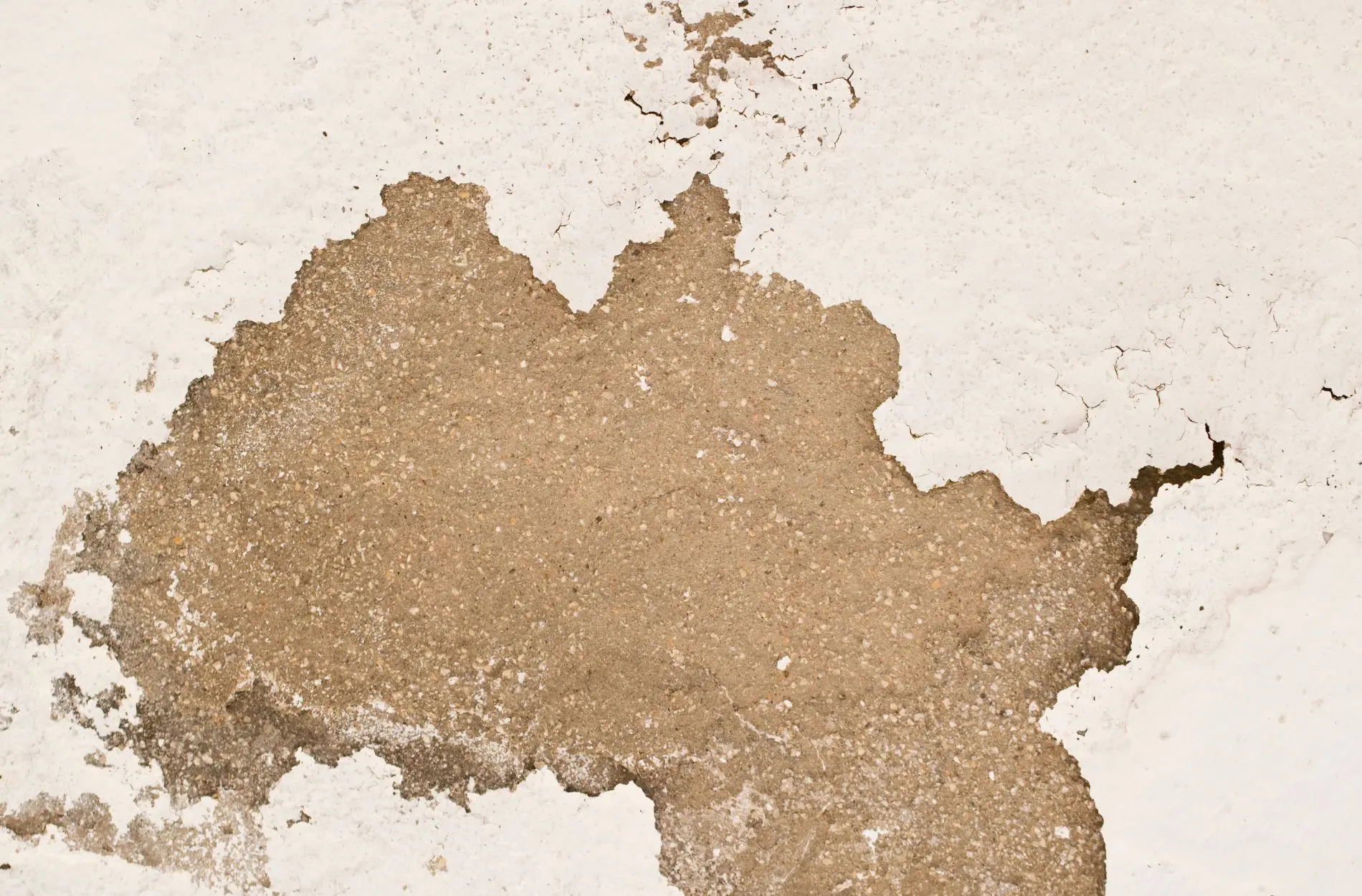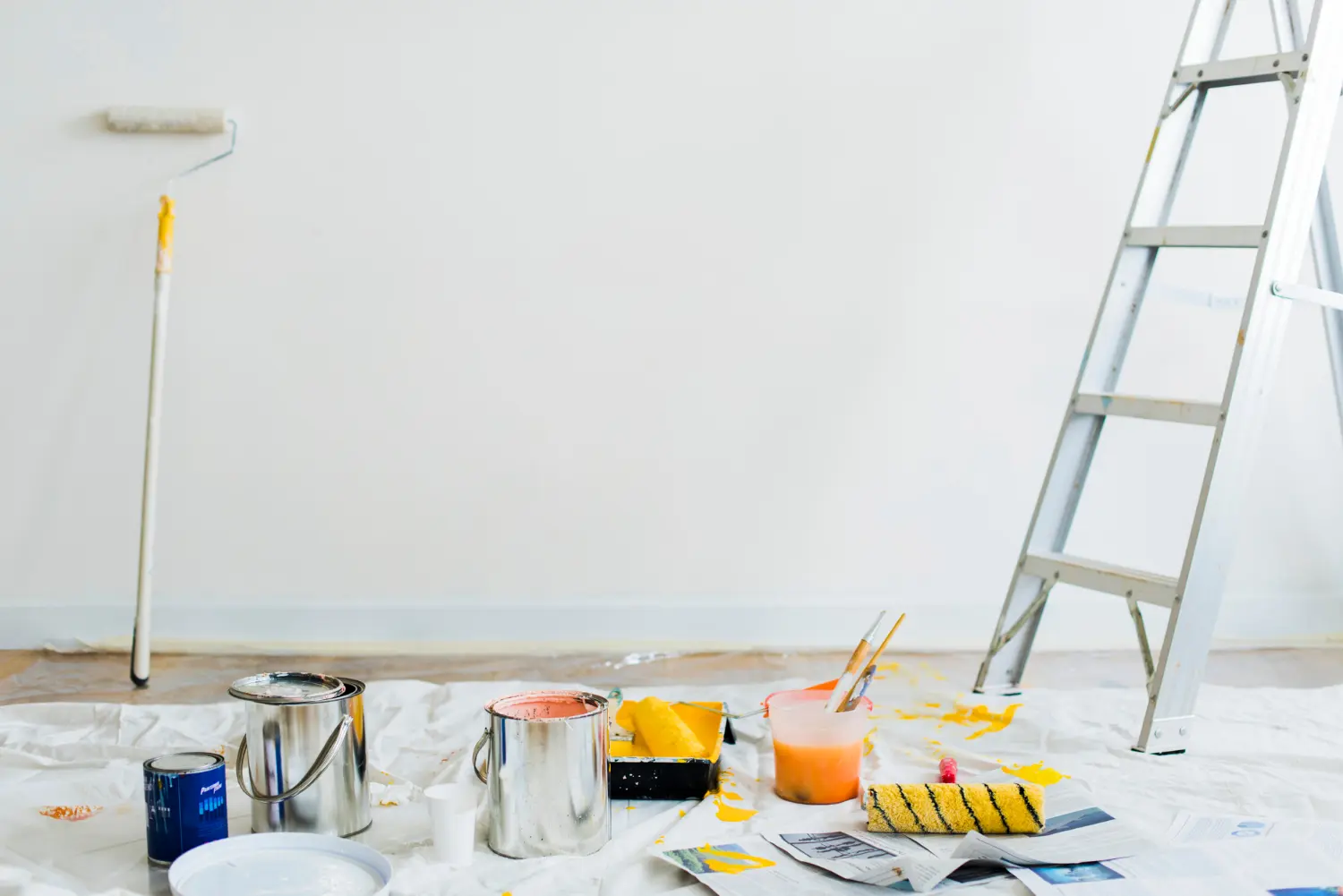Will Washing Painted Walls Wreck Them?

It’s one of the most common scenarios faced by homeowners following an interior painting project. Whether it’s a week, a month or a year after you treated your walls to a shiny new coat of paint, you inevitably begin to notice the odd mark here and there.
Realistically, expecting your walls to remain pristine on a permanent basis is entirely unrealistic. Dirty marks and blemishes are part and parcel of everyday life – especially if you happen to have kids about the place.

In which case, what’s the best thing to do when you come across these unsightly imperfections? Should you attempt to wash them off, or will doing so wreck the paint in the process? In which case, is it better to simply ignore them and try to pretend they’re not annoying the heck out of you?
A Question of Paint Type and Quality
The course of action to be taken when dealing with dirty walls depends entirely on the type of paint used in the first place. Not to mention, the quality of the paint and its properties.
Generally speaking, you’ll want to pay close attention to the sheen of the paint, before attempting to clean it. This basically means how smooth, shiny and reflective (or otherwise) the paint is. Glossy paint with a smooth and shiny surface is much easier to clean than a matte surface.
More often than not, paints designed specifically for high-traffic and heavy-duty areas of the home are designed to be easier to clean. This is also why the shinier and glossier paints (like eggshell paint) are most commonly used in kitchens and bathrooms. Along with creating a bright and welcoming atmosphere, this type of paint effectively creates a smooth and shiny ‘shield’ for the surfaces it coats.
Gloss paint closes the pores on the surface of the walls, making it difficult for moisture and stains to penetrate. It can also (in most instances) be wiped down without causing any damage to the paint or its appearance.
By contrast, matte paint typically creates no such smooth surface and doesn’t effectively close the pores on the surface of the material. Precisely why it can be much more difficult to clean than its glossy counterpart.
What Kind of Cleaner Should I Use?
Irrespective of the type of paint you’re attempting to clean, it’s important to steer clear of harsh chemicals and abrasive tools at all costs. Attempting to tackle the stain with clean water and a soft sponge is the best place to start, which in the case of most glossy paints should do a pretty good job.
If it doesn’t work, try stepping things up with just a tiny bit of dish soap in the water and giving it another go. Though again, proceeding as gently and cautiously as possible. Specialist cleaning products for painted walls are also an option, but you need to ensure it’s approved for use with the exact type of paint in question.
Where Matte Paint Won’t Cooperate
Prior to tackling (or attempting to tackle) marks and stains in a prominent place, try your preferred cleaning method on a more discrete or hidden corner of the room. This will give you a good idea as to whether or not your matte painted surfaces like to cooperate.
Unfortunately, it’s not uncommon for stains on matte painted walls to be impossible to remove in the conventional sense. The reason being that if the dirty mark in question has penetrated into the pores of the surface itself, wiping it away is no longer an option.
In which case, you’ll need to think about repainting the offending area. Grab some sandpaper, work it gently over the surface and subsequently prime and paint as normal. That is, assuming you’ve still got your hands on some of the paint you used originally, in order to ensure a seamless and flawless finish.
Ask the Experts…
The alternative to the above is to have the pros take a look at your walls and handle the job on your behalf. From minor interior touch ups to major home improvement and renovation projects, Homm CPS is standing by with the expertise you need at a price you can afford.
Call anytime for an obligation-free consultation, or to discuss any of the above in more detail. We’ll help you choose the best way forward to restore your walls to their prior pristine condition.










